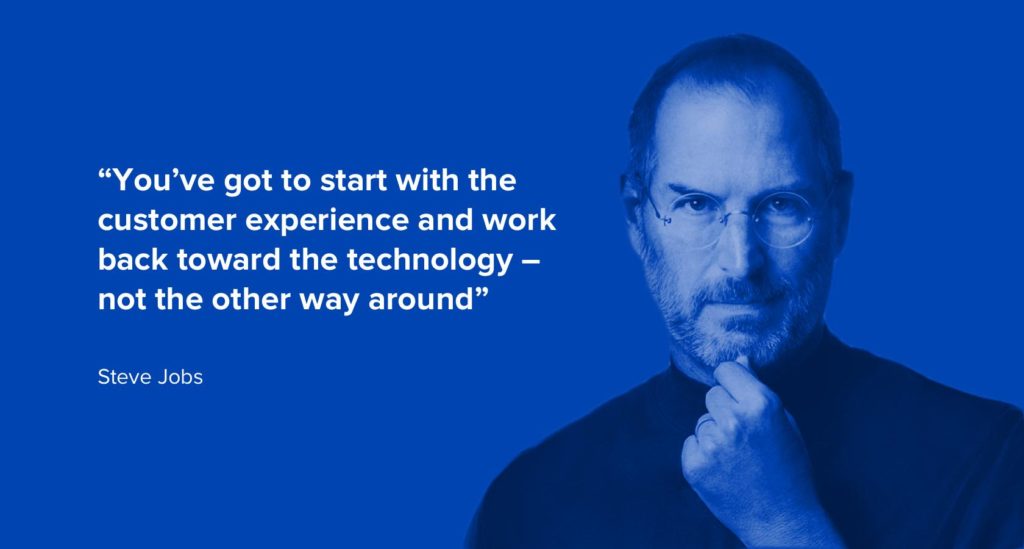User Experience is often used as a simple “buzzword”, but there’s much more to it than just words. There are many reasons why UX design is becoming more and more popular and starts taking a big role in the creation of any digital product – including the Business Intelligence industry and business reporting. In this short article, I want to present you with 3 ways how UX/UI design can bring business value to any BI company.
User Experience design helps bring down development costs and increase ROI
Of course, you can start any design process by quickly gathering some business requirements and then jumping straight into development thinking that everything can be figured out along the way. It could be true for some very quick and simple projects, but once you’re starting working on something bigger like an app for speeding up and simplifying business processes or a complex report for C-level users, things can become much complicated very quickly when “finished” products happen to be non-intuitive, poorly designed non-consistent.
That’s when UX/UI design comes into play.
When you introduce UX/UI design process as a first project stage, you can be much more confident that the whole project is going in the right direction and you can expect what will be the outcome.
Instead of engaging the whole development team from the beginning, you should start with gathering business requirements, users research, and asking questions. And asking a lot of them. It is crucial to understand the “why” first, instead of “how”.
In the next step, the designers should compare their vision to business owners’ and users’ expectations and align it when it’s necessary. That’s why sticking to UX/UI design process is important. Instead of designing the final project straight from the beginning, you can present stakeholders with simple wireframes or mockups first in order to save time and money and reduce the risks of creating the wrong product.
You can read more about what wireframes, mockups, and prototypes actually are, and why they play such a big role.
A study conducted by Forrester offers an interesting insight into how investment in the UX design increases ROI for digital products:
“And what of the monetary value of this heightened user experience? Research conducted by Forrester reveals that each dollar spent on UX brings in 100 (on average), achieving an eye-watering ROI of 9,900%.”

Effective UX/UI design brings value to your users
What’s the point of creating a new tool if it’s designed poorly and is hard to use by the users? I’ve seen many examples of business reports that were built quickly without giving a single thought to how users will use them and what could improve their experience. The outcome of that process is often a tool that’s ugly, non-intuitive, and hard to use.
By keeping all the best practices of UX and UI design in mind, sticking to the process, and actually thinking about the users and what they need you’ll end up with a much better product. It’s important to point out, how important testing and challenging any new ideas with stakeholders and users is.

UX/UI design helps in standardization and keeping consistency
Implementing UX/UI design can also help with keeping things consistent. Any SMB or SME organization often use an enormous number of reports and dashboard. Unfortunately, it’s often true that they lack consistency in both design and approach to data visualization.
That’s where UX/UI design also brings value: it helps with standardization of design, proper usage of data visualization tools, and increasing accessibility by implementing design systems, reusable templates, and guidelines.
Keeping all the above in mind, I want to leave you with a great quote from Steve Jobs:

Michał Stryjczak
Read more:
How can UX design improve Business Intelligence?
